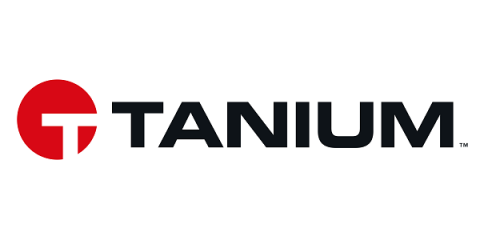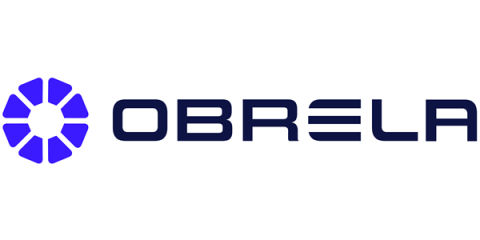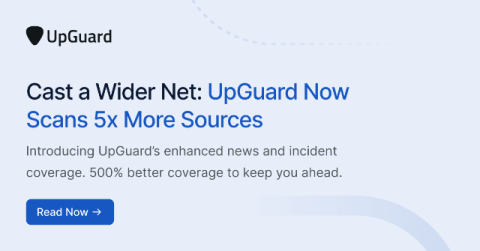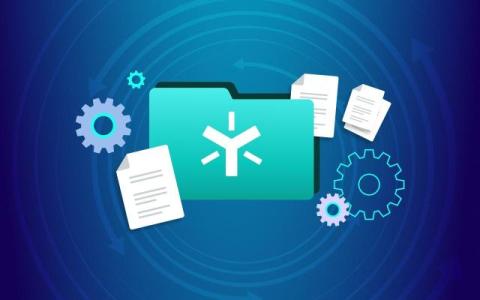Why Regular APIs Aren't Safe for AI Agents: A Case for Enhanced Privacy and Controls
APIs are the backbone of modern applications, enabling seamless data exchange between systems. However, the rise of AI agents fundamentally shifts how APIs are utilized. Regular APIs, originally built for deterministic, non-AI use cases, are not inherently designed to handle the complexities and unpredictability of AI-driven applications. Using your regular APIs directly for AI agents or allowing AI agents to integrate without safeguards exposes your systems and data to significant risks.











